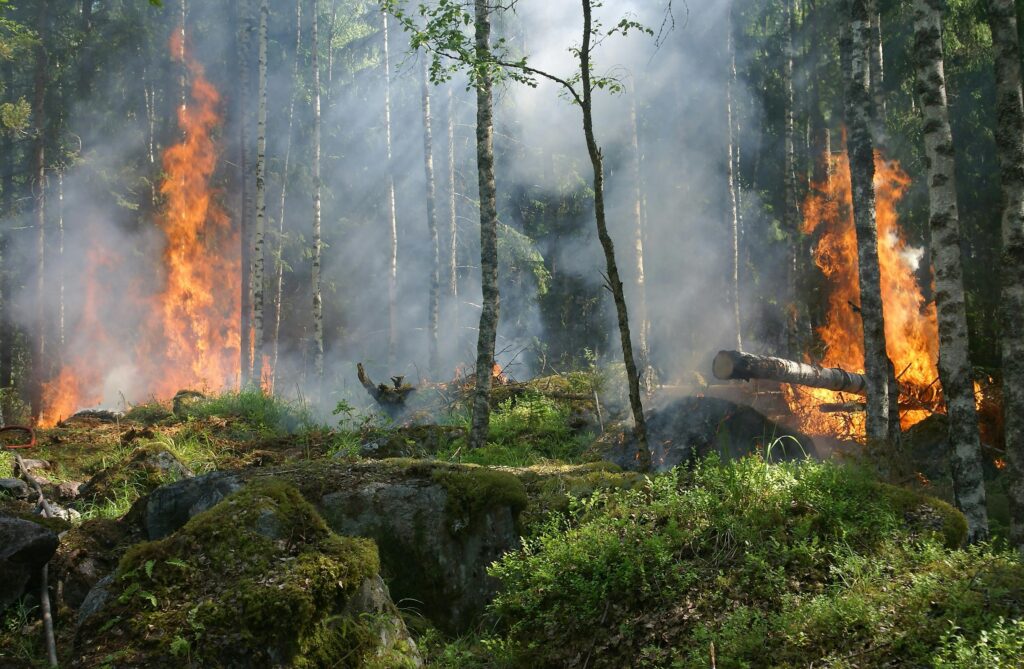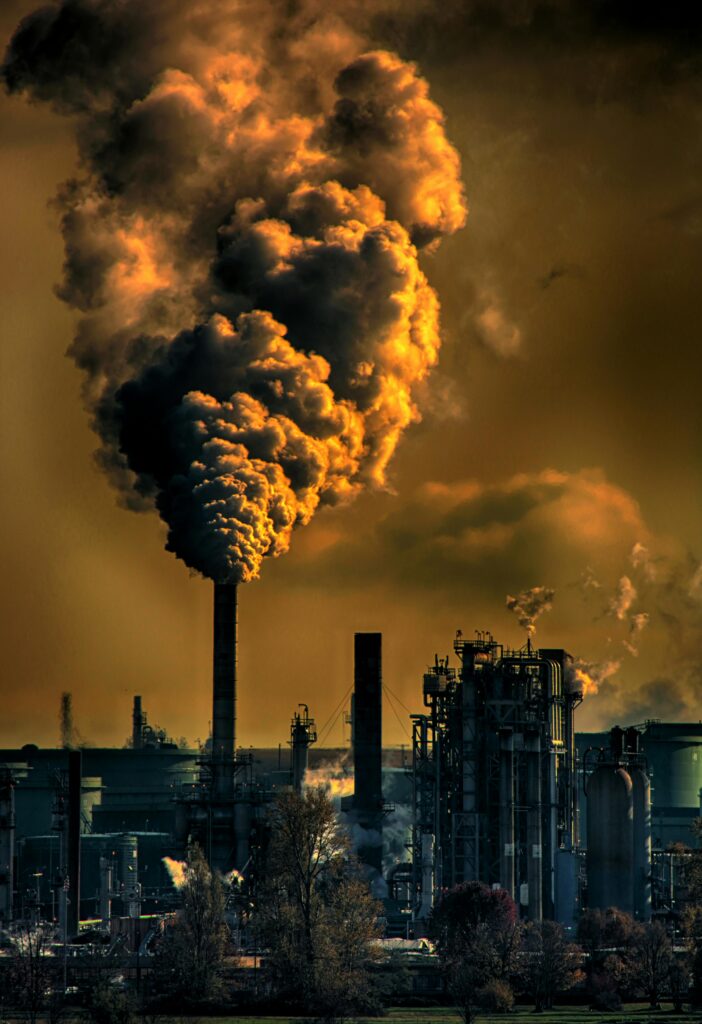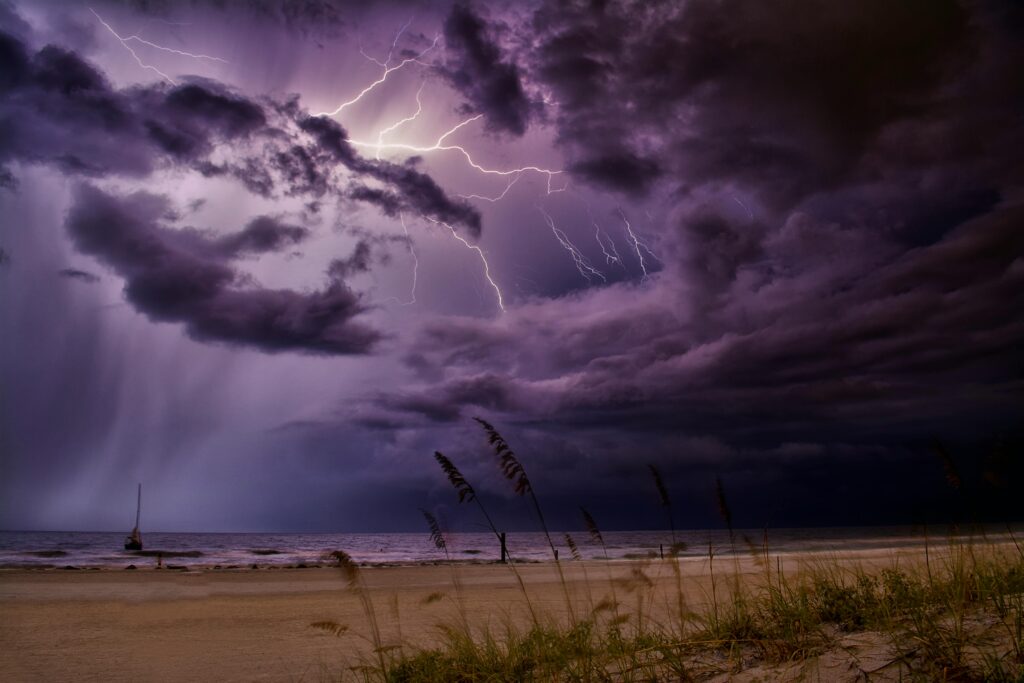While people often use these terms as if they mean the same thing, they actually have distinct meanings.

The phrases “global warming” and “climate change” are frequently used as if they mean the same thing. In scientific discussions, while they refer to different issues, they are closely related. Essentially, global warming is the primary driver behind the shifts we see in our climate today. In this piece, we’ll clarify what each term means, how they are assessed and researched, and outline the relationship between the two.
What Is Global Warming?
The Intergovernmental Panel on Climate Change (IPCC) describes global warming as the rise in average surface air and sea temperatures worldwide, measured over a span of 30 years. For more than a hundred years, scientists have been studying to identify and understand the exact factors contributing to global warming.
Historical Measurements
Earth’s average surface temperature has fluctuated over time. The most reliable global temperature records we have start from 1880. Before that, information was gathered by farmers and scientists who, dating back to the 17th century, noted daily temperatures, rainfall, and the timing of frosts in their journals. This early data has often been validated against modern measurements. For long-term climate data, paleoclimatologists—who study ancient climates—use various indicators like changes in pollen counts, glacier movements, ice cores, chemical weathering of rocks, tree rings, species distributions, shoreline shifts, lake sediments, and other types of “proxy data.”
Researchers are always working to improve the precision of the data they collect and how they analyze and represent it. Temperature records can differ based on location, elevation, equipment, and various other elements. However, as we move closer to the present, scientists become increasingly confident in the realities of global warming.

Natural occurrences like asteroid strikes and significant volcanic eruptions can drastically alter global temperatures, sometimes resulting in mass extinctions. Additionally, the cyclical shifts in Earth’s orbit around the sun, known as Milankovitch cycles, can affect global temperatures and have lasting impacts on the climate over thousands of years. However, these cycles don’t explain the more immediate changes we’ve seen in the last 150 years. In fact, recent data shows a clear trend: Earth’s average temperature has increased at a much faster rate in the last 50 years compared to any previous warming period.
The Greenhouse Effect Explained
Starting in the mid-1800s, researchers began to notice that changes in carbon dioxide levels were a major factor in global temperature shifts. In 1856, American physicist Eunice Foote was the first to show how carbon dioxide can trap solar radiation. She proposed that “an atmosphere of that gas would give to our earth a high temperature,” which is now widely accepted among scientists as a key factor in global warming, commonly referred to as the greenhouse effect. Essentially, higher concentrations of carbon dioxide and other greenhouse gases lead to a warmer climate. However, Foote’s work was largely eclipsed three years later by Irish physicist John Tyndall, who is often recognized for first explaining the greenhouse effect.
By 1988, James Hansen, who was the director of NASA’s Goddard Institute for Space Studies, confidently informed the U.S. Congress that there was a clear “cause and effect relationship” between the greenhouse effect and the warming observed. While Hansen was addressing recent global warming, his “high degree of confidence” also extends to the study of ancient climates.
Causes Triggered by Humans
Humans have driven the fastest and most intense shifts in global temperatures. Since James Hansen’s testimony in 1988, the scientific community has reached a near-universal agreement on the human-induced factors contributing to global warming.
These human-driven factors aren’t a recent phenomenon. Back in 1800, naturalist Alexander von Humboldt noted that deforestation was increasing regional temperatures. Similar to how wildfires today emit large amounts of carbon dioxide, controlled burns have contributed to carbon emissions for centuries.

However, these traditional methods pale in comparison to the greenhouse gases released since the late 18th century, particularly with the advent of the coal-powered steam engine. Coal usage skyrocketed a hundred times in the 19th century, increased by another 50% by 1950, tripled from 1950 to 2000, and then nearly doubled again between 2000 and 2015. Oil consumption saw even steeper growth, expanding 300 times from 1880 to 1988 and then rising another 50% by 2015. Natural gas has experienced the fastest increase, growing a thousandfold from the late 1880s to 1991, and then another 75% by 2015.

Fossil fuel combustion, which releases greenhouse gases like carbon dioxide, methane, and nitrous oxide, might have reached its peak in 2017, but it still accounted for 82% of the world’s primary energy consumption in 2021. The correlation between the rise in fossil fuel use and increasing global temperatures is quite striking. According to the IPCC, greenhouse gas emissions have surged to levels that haven’t been seen in at least 800,000 years and are “extremely likely” the main reason for the warming observed since the mid-20th century.
To visualize how fossil fuels contribute to global warming, think of it like a blanket. When we burn fossil fuels, we’re essentially wrapping the Earth in a layer of pollution that traps heat. The more fossil fuels we use, the thicker this pollution blanket becomes, leading to more heat being retained.
What Is Climate Change?
Climate refers to the long-term patterns of weather. Human-caused global warming is altering the climate, leading to lasting impacts. These effects, which were once expected to emerge in the not-so-distant future, are now becoming evident, especially in the form of shifting weather patterns. Additionally, more subtle changes affecting entire ecosystems pose a significant threat as well.
Extreme Weather
Climate change has led to more extreme and unpredictable weather patterns, with natural disasters experiencing a significant rise in both their intensity and frequency over the past few decades. Events that used to be considered “once-in-a-century,” like wildfires, severe heat waves, droughts, floods, tropical storms, hurricanes, blizzards, and avalanches, have surged tenfold since 1960.

The World Meteorological Organization reports that in the past 50 years, weather, climate, and water-related hazards, such as floods, have caused half of all documented disasters and 74% of the associated economic losses.
Linking Weather Patterns to Climate Change
It can be tough to link any specific extreme weather event directly to global warming. Natural climate variability causes short-term fluctuations in weather patterns, particularly on a regional scale. However, when we look at weather trends over a longer period, the impact of climate change becomes evident.
What we can definitely connect to global warming is the shifting climate, where rising ocean and air temperatures heighten the chances and severity of droughts, heat waves, storms, hurricanes, and other extreme weather occurrences. Figuring out the connection between extreme events and climate change is more about assessing probabilities than certainties, as many situations lack historical comparisons.
By analyzing current extreme weather events alongside past ones with varying intensities and atmospheric conditions, scientists can provide more detailed insights into how global warming has intensified these events. Although there may be some debate among scientists regarding the extent of climate change’s influence on individual extreme events, there is a strong consensus that human-driven climate change is a significant factor.
Threats to Ecosystems
Climate change poses a greater threat to the Earth’s biosphere than natural disasters, jeopardizing the ecosystems that sustain life. Many species struggle to adapt to these shifting conditions and often fail. Take coral, for instance; it suffers as oceans take in more carbon dioxide, leading to increased acidity. Additionally, as rising temperatures cause peatlands and coastal wetlands to dry out, the decaying plant matter releases greenhouse gases more rapidly, creating a “cascading effect” where one disaster triggers another. We’re already witnessing climate-driven “tipping points” that result in significant biodiversity loss and threaten entire ecosystems.
While climate change research reveals many unknowns and uncertainties, it’s often easier to analyze the past than to forecast the future of our planet’s physical and biological systems. The biggest uncertainty lies not in the scientific aspects of climate change but in understanding how humans will react to it.
